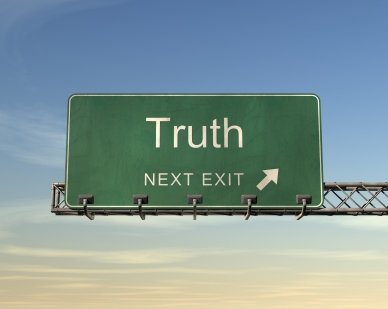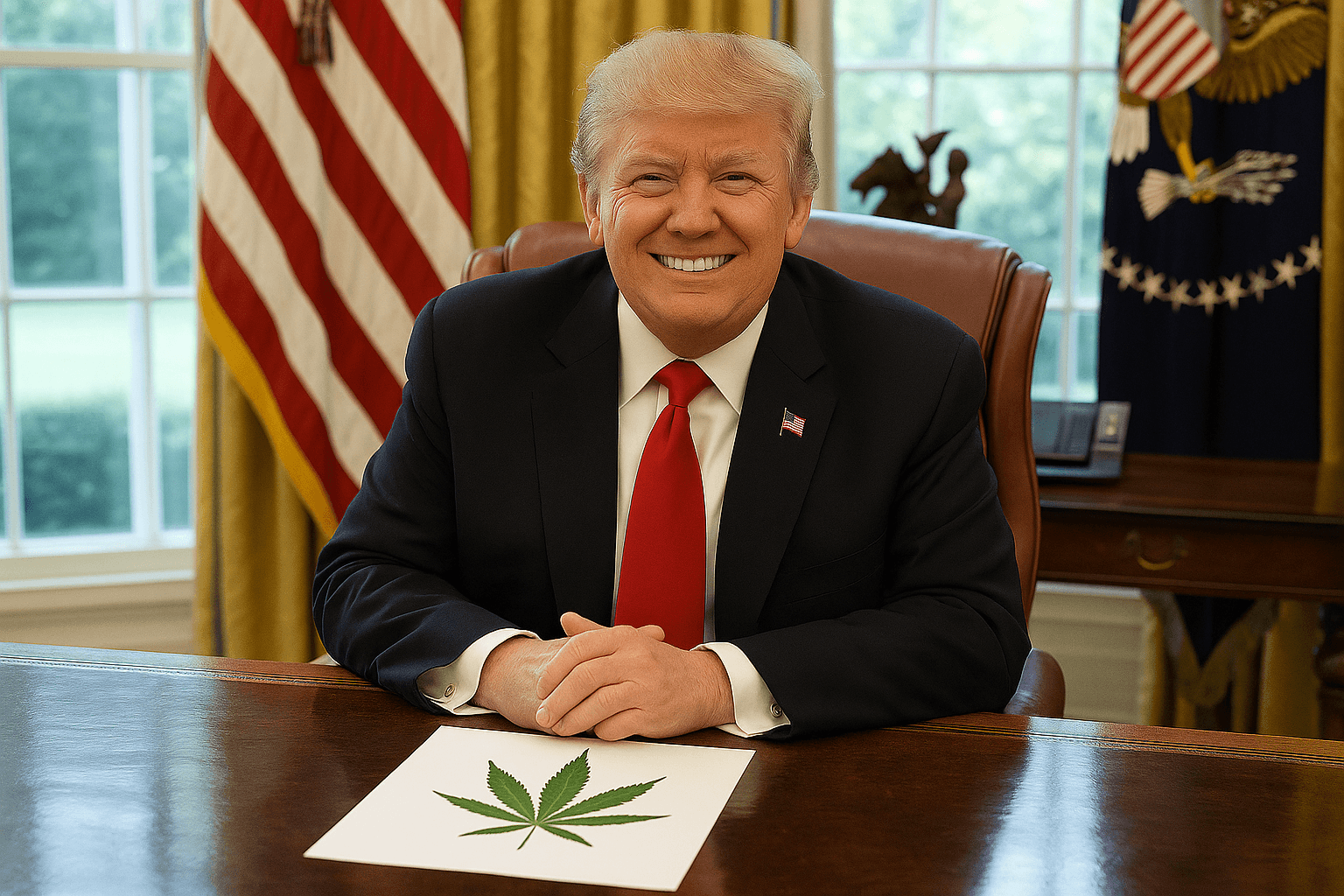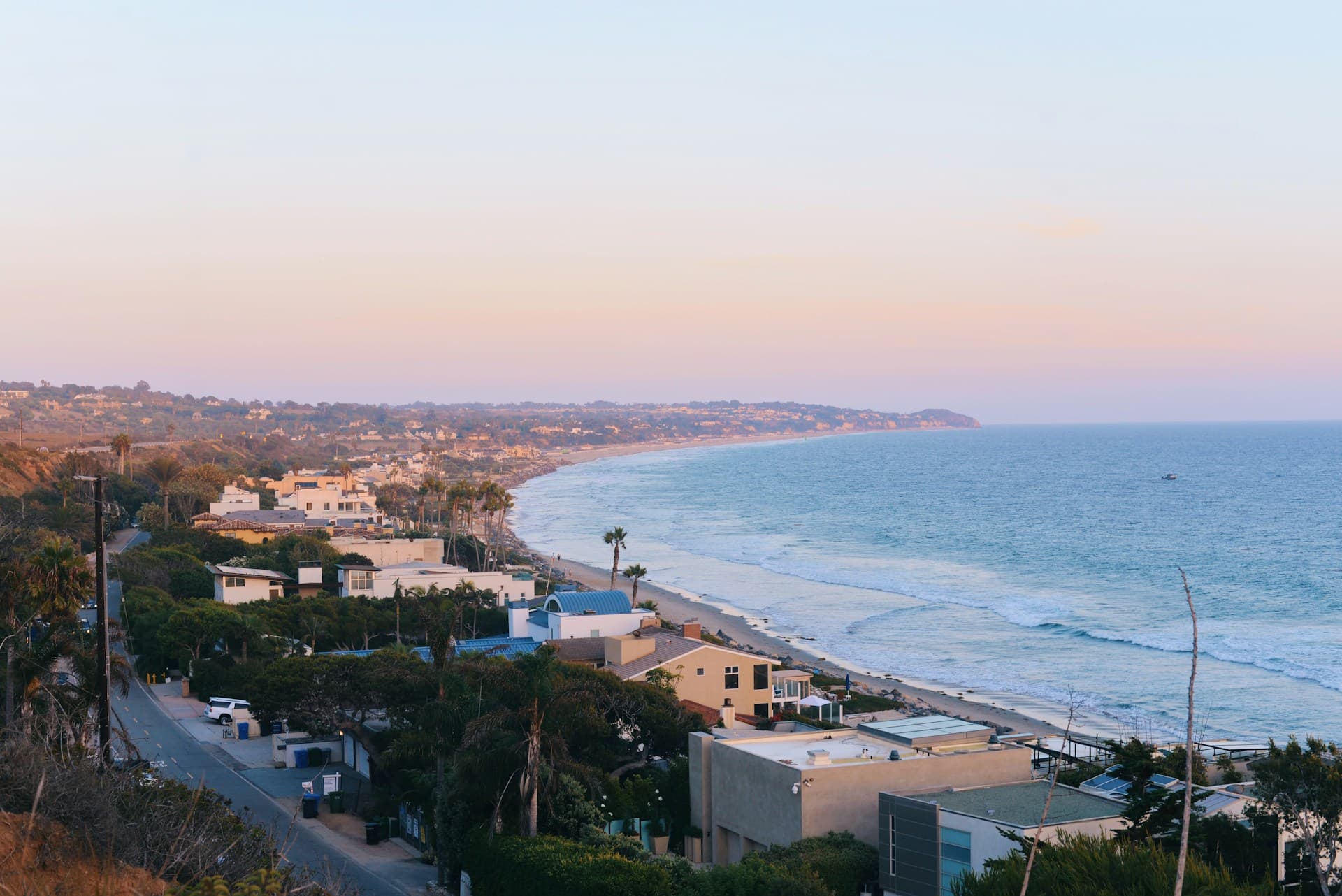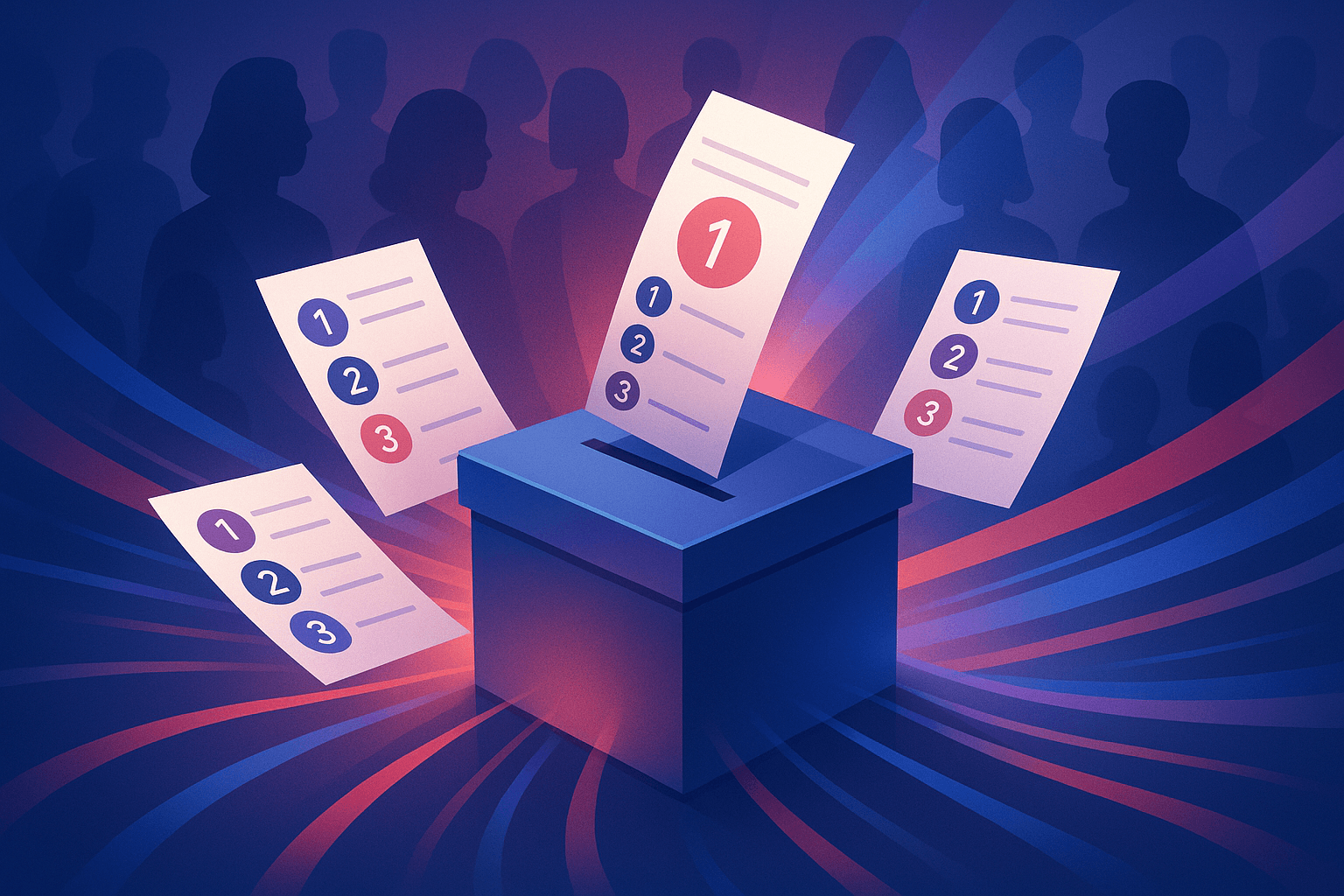Debunking the myth of the Myth of the Independent Voter

As the Independent movement grows in strength, a backlash from the partisans of the major parties and political status quo is only to be expected, for they have the most to lose in the face of a truly Independent electorate. However, the supposed “myth of the Independent voter” is perhaps the strongest piece of evidence that they are simply in denial.
In May 2009, the Pew Research Center declared: “Independents take center stage in the age of Obama.” In the months following the 2008 general election, Independent identification surged to its highest level in seventy years, surpassing that of both the Democratic and Republican party brands. Since then, there has been a relatively steady supply of commentary and analysis arguing that, for all intents and purposes, the supposed “Independent voter” does not in fact exist, but is rather a long-standing myth of American political culture.
Yet, our nation’s politicians continue to seek their favor, and the White House appears especially concerned about winning back the Independent vote following the Democratic party’s poor performance in the midterm elections. Last week, The Washington Post reported that White House advisers are “deeply concerned about winning back political independents, who supported Obama two years ago by an eight-point margin but backed Republicans for the House this year by 19 points.” In response, some liberal Democratic party strategists have resuscitated the myth of the “myth of the Independent voter” to aid in their opposition to this strategy.
In a widely circulated article published at The New Republic, John B. Judis seeks to correct the White House’s “misguided view of the Independent voter,” and in the process provides the reader with a series of arguments that have been common currency among strategists for the major parties since at least 1992, when a group of political scientists led by Bruce Keith published a work entitled The Myth of the Independent Voter. Let’s consider a sample of Judis’s arguments.
He begins by stating that Independents are actually nothing more than a figment of the pollster’s imagination. Judis writes that:
“Independents are not an organized or quasi-organized group like Democrats or Republicans that have headquarters and nominate candidates, but a creature of pollsters’ imagination.”
This statement of fact might come as a surprise to any number of Independent candidates for elected office, or their staffs and volunteers, or to voters who cast their ballots for those Independent candidates. It is indeed true that Independents are not organized the way Democrats and Republicans are. For instance, taxpayers do not have to foot the bill for primary elections to nominate an Independent candidate for office, as they do for the Republican and Democratic parties, which greatly benefit from the subsidization of the primary process.
And yet, the fact that Independents are indeed organized is demonstrated by the fact that there are successful Independent candidates for elected office. In Rhode Island, where registered Independents outnumber Democrats and Republicans, Lincoln Chafee was elected as the state’s first Independent governor, besting his Democratic and Republican rivals. Or were the results of this election simply invented out of whole cloth by a well-connected polling organization?
A second facet of the supposed “myth of the Independent voter” asserts that Independents are not actually independent, but rather partisan Democrats or Republicans who simply prefer to think of themselves as independent. Judis sums up the argument stating that “many independents are disguised partisans.” Judis’s “disguised partisans” are often termed “leaners” in the parlance of pollsters. These are individuals who identify themselves as Independents but, when asked whether they lean toward the Republican or Democratic party, side with one over the other. It is worth mentioning that when people identify themselves to a pollster as Democrats or Republicans, there is no follow-up question inquiring if they are really Democrats or Republicans, or asking whether they actually lean toward political independence or toward a third party.
The results to such a line of questioning might be rather interesting, to say the least. How many supposed Democrats or Republicans are actually just disguised Independents? Nonetheless, it is not surprising to find that many Independents have ideological, social, political or philosophical inclinations which cause them, in the abstract, to prefer Republicans over Democrats or vice versa. However, the fact that many self-described Independents lean one way or the other simply does not imply that they are not independent, as the purveyors of the myth of the “myth of the Independent voter” would have us conclude.
A better explanation for why one Independent would consistently vote for Democrats while another consistently supports Republicans might take the structure of the two-party state into consideration. Faced with a forced choice between the Democratic and Republican parties, it may well be impossible to actively express one’s political independence. Arguably, to determine the relative independence of voters, the important question is not whether they consistently cast ballots for Democrats or Republicans when they have no other option, but rather whether they would support a viable Independent candidate if they did have the option. Of course, Democratic and Republican lawmakers have rigged our political system to make this latter situation unlikely, yet Independents are capable of overcoming even these long odds. Independents were elected to the legislatures of nearly ten states this year.
In addition to Democratic and Republican “leaners,” Judis also considers what he calls “pure Independents,” who are sometimes absurdly referred to as “Independent Independents” by pollsters. These are individuals who maintain their Independent identification even after being asked whether they lean toward one major party or the other. Judis writes, “These independents, who are alienated from the party system itself, are most likely not to vote at all.” In other words, these Independents refuse to submit to the forced choice between the Republican and Democratic parties, and likely recognize the very form of the opposition as a false choice underpinning the reigning two-party state, and thus do not fall prey to the logic of lesser evilism that motivates leaners. Judis estimates that pure Independents constitute roughly 10 percent of the electorate. However, there is evidence to suggest that there are many more such individuals in the United States. In the majority of elections, the vast majority of eligible voters opt not to vote rather than cast a ballot for the Democrats or Republicans.
It is time to debunk the myth of the myth of the Independent voter. The simplest way to do this is to build the Independent movement and support Independent alternatives to the Democratic-Republican status-quo.




